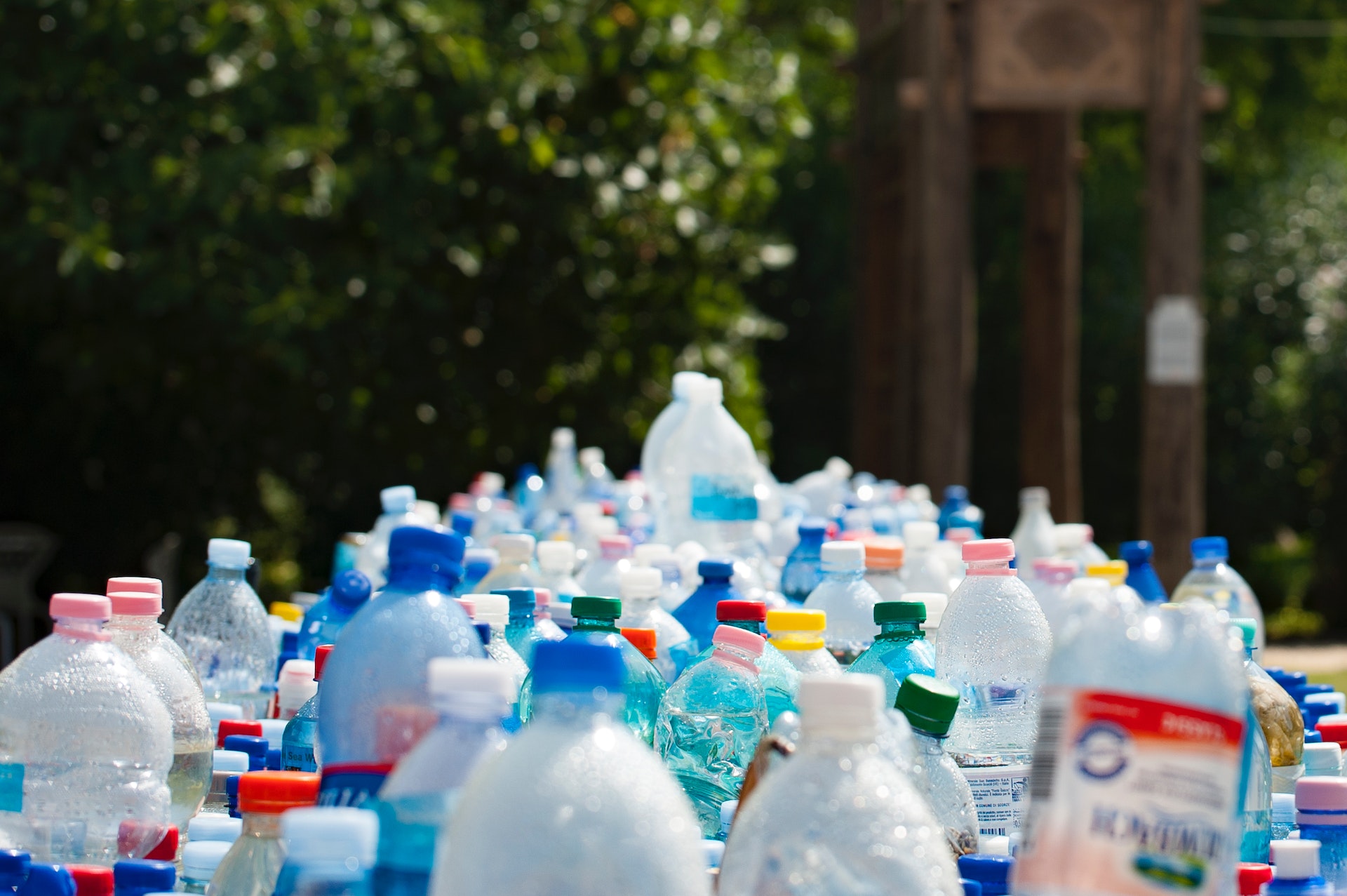

In 2020, we banned 90% of all single-use plastic onboard our ships. This year, we’ll demand high-quality on-land handling of the rest-waste.
It is challenging to remove plastics totally from our ships. Wrapping, bottles and cans are often plastics, and we will have to handle it. In 2020, we decided to remove single-use plastics from our vessels. The most efficient way of doing that is to delete those options from the purchasing system. Besides, several of our suppliers work hard to reduce the use of plastics in wrapping. Some even take back the plastic wrappings after delivering the supplies to us.
Overall, we have seen a considerable reduction in plastics onboard. Still, we have plastic waste we need to handle. The traditional way is to incinerate or deliver ashore. In 2020, we halved the amount of incineration of plastic waste, to reduce emissions to air. Now, we need to make sure what we deliver ashore does not end up in rivers and the ocean.
In November 2020, we implemented a new procedure for our ships. They will now store plastic waste until they arrive in a country with a high level of waste management. It has been a challenge to figure out which countries have a high level of mismanaged waste.
In the end, we opted for data from a study from 2015 used in ourworldindata.org. The UN report “Single-use plastics: A roadmap for sustainability” uses the same data. The result is a list of green, yellow, and red countries. Our vessels are OK to deliver waste to the green nations. Yellow means “avoid if possible”, while red means “do not deliver”.
For 2021, we expect that we deliver 75% of the waste to green countries. We do not aim higher because there are still issues to be solved. One of those is that vessels may get full waste storage before arriving at a green country. We will install waste compactors in half of our fleet this year to increase the capacity to fix that, with a target of installing the rest next year.
Still, there is a lot of work to do. Our primary target is to reduce the use of plastics. That means continuing to work with suppliers. We hope to see them shift from plastics to other solutions on several products and wrappings the coming months. Among possible changes is using carton instead of plastics for water.
One of the Sustainable Development Goals we focus on is number 14: Life below water.
More than 8 million tons of plastic are dumped in our oceans every year. That is equivalent to letting a garbage truck empty a lot of plastic into the ocean.
14% of all litter comes from beverage containers. When caps and labels are considered, the number is higher. The average U.S. citizen consumes 167 plastic water bottles each year.
Annually approximately 500 billion plastic bags are used worldwide. More than one million bags are used every minute.
Over 90% of all seabirds have plastic pieces in their stomachs. That makes them feel less hungry, which in the end may result in them starving.
We are working with our supplies to find non-plastic solutions. In 2021, we will only deliver plastic waste to countries with a high-level handling systems.
Facts: plasticoceans.org and nationalgeographic.com